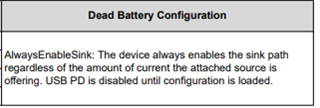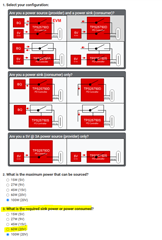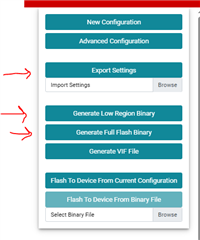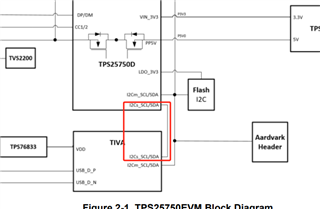Other Parts Discussed in Thread: TPS25751,
Tool/software:
Hi team,
My customers Sercomm are using TPS25750 in Set-top-box project and want to ask one question. TPS25750 is communicate with CPU through I2C, do we have some drive code or sample code that can share to customers?
Thank you!
Regards,
Maggie






